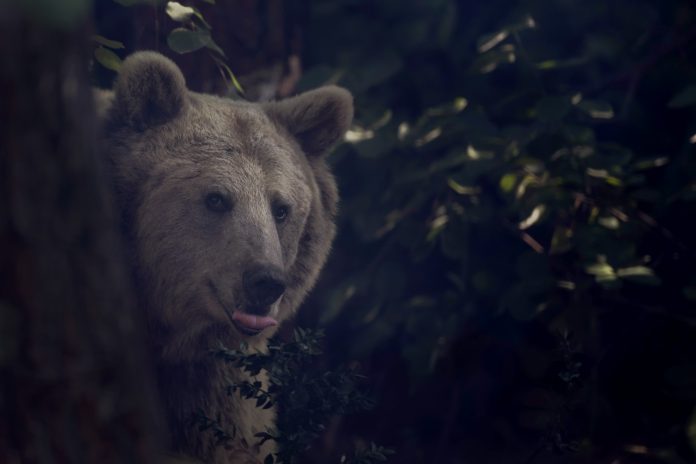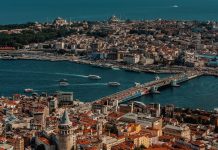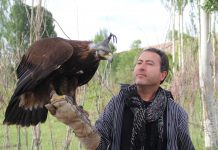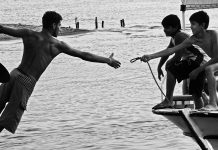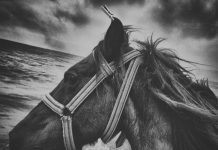We talked about the systematic which is boring for some of business life and comfortable for some, and the story of Ali Şenel, who left for his passion for photography, evolving towards rolling in the mud to take a bird photo…
Who is Ali Şenel?
I was born in 1980 in Burdur. I completed my primary and high school education in Burdur. Then, I graduated from Dumlupınar University Mathematics Department. I studied Business Administration as a Second University and did a Master’s Degree in Business Management Organization. I worked in the corporate field for a long time. I worked as a mathematics teacher in the private sector for about 9 years. Then I worked in public for a while. However, because my passion for photography pushed me to be constantly in nature, the public sphere overwhelmed me. Finally, photography prevailed and my hobby became my profession.
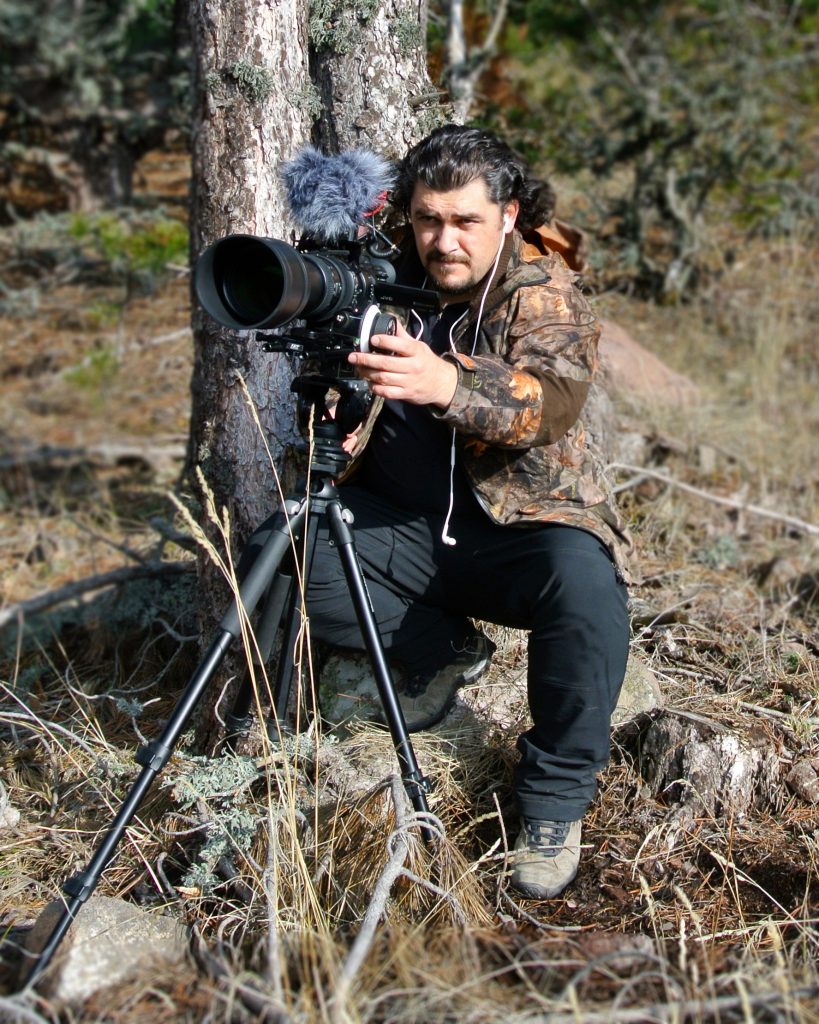 In 2017-2018, I achieved my dream project, the name was Explore Without Get Lost. With this project, I traveled all over Turkey and wildlife shots, did 54.000km long way. The aim of the project was to photograph especially large mammals (gazelle, wild goat, bear, wolf, deer, etc.) and I managed to take photographs of all but the Striped Hyena. I took pictures of over 300 bird species.
In 2017-2018, I achieved my dream project, the name was Explore Without Get Lost. With this project, I traveled all over Turkey and wildlife shots, did 54.000km long way. The aim of the project was to photograph especially large mammals (gazelle, wild goat, bear, wolf, deer, etc.) and I managed to take photographs of all but the Striped Hyena. I took pictures of over 300 bird species.
I’m currently shooting documentary films as well as photography. I shoot corporate promotional, training and advertising videos. I manage the blog www.senelfoto.com and write articles for the Photography Magazine. I produce social media content for photo and technology brands. Ali Şenel I share videos with photos, technology and nature in my Youtube account. They can reach my work under the name @senelfoto on social media.
When did u you started to take photograph?
I started photography at the age of 24 with a sudden enthusiasm. I got my first camera in 2004 while I was doing my master’s degree and my photography adventure started. No one had photographed before and I did not have any photography knowledge. There was also no possibility of learning from social media and platforms such as Youtube. So I took a lot of photos and read lots of photo books. I’ve tried everything and learned from books. A year later, I opened my first personal exhibition at the University. It was an amateur but encouraging development for me.
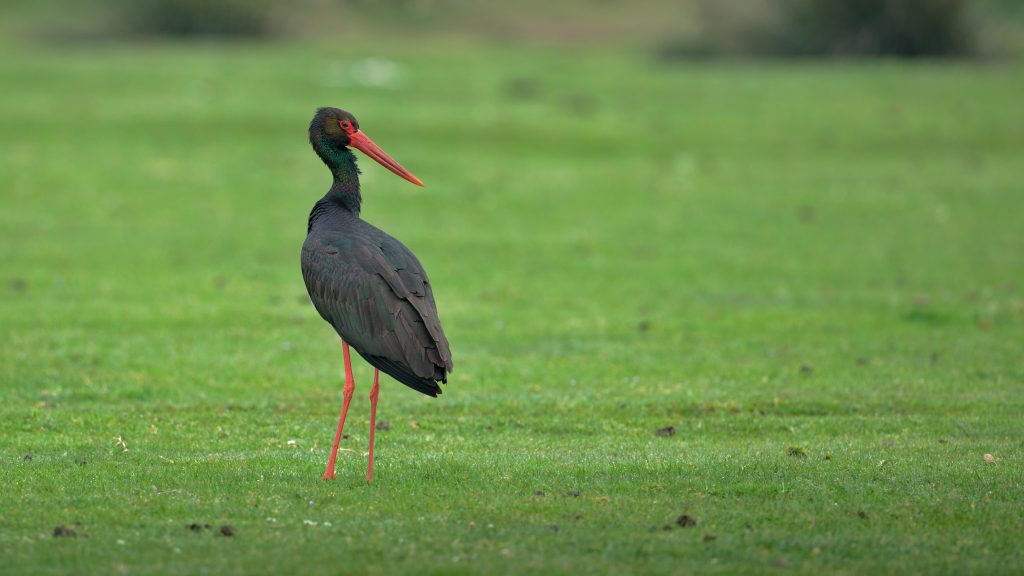 How did you decide to become a wildlife photographer?
How did you decide to become a wildlife photographer?
When I first started photographing, I was shooting everything. I was mainly working on landscape and macro. But I also took photos of the streets and portraits. In time, landscape photographs began to come to the forefront in the natural flow. I started to go out for nature more. While shooting in nature, I found myself chasing birds in wetlands. As I was struggling to photograph birds, I couldn’t notice the time and took hours of photographs. I was crawling on the floor, doing things not to be seen and not to miss the birds. Then I can say that my only goal was to photograph the birds.
After 2008, I almost started to attract only birds. I learned different techniques to draw them closer. I got telephoto lenses. I became a member of Trakuş, a digital platform where bird photographers share their experiences and photographs, and with the information I gained, I had the opportunity to further bird photography. I recognized the birds and learned their names. I went to lakes and swamps almost every weekend to photograph birds. So wildlife photography started on my behalf. Since 2017 I have been a professional photographer on nature and wildlife photography.
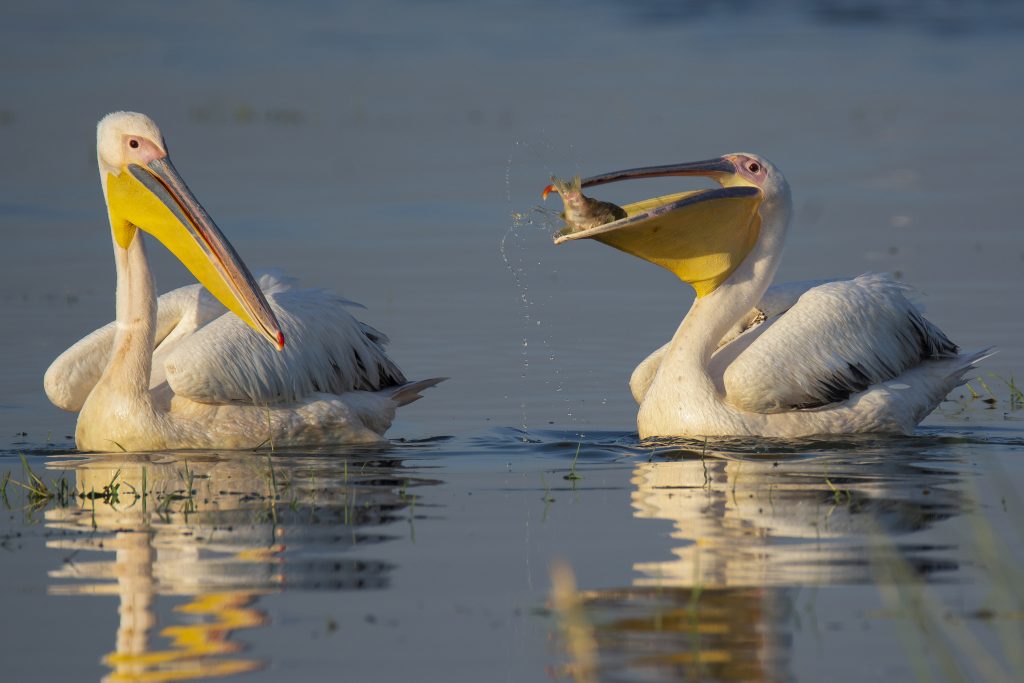 What are the main challenges you face as a wildlife photographer?
What are the main challenges you face as a wildlife photographer?
In general, wild animals are considered to be wild and dangerous and the difficulties to be experienced are generally thought to be caused by these animals. However, I have never been harmed by any wild animals or suffered any serious danger. All of the wild animals are afraid of us and flee when they see us. That’s why all wild animals, including the biggest predators in our country, like Bear and Wolf, stay away from humans.
However, I have always experienced the real challenge – which many wildlife photographers will say – similar things. There are different insects in different habitats, and some are really itchy and uncomfortable. There are also poisonous ones. Some spiders and scorpions can be dangerous. You have to be careful where you are sitting or where you lie to hide. There were periods when I was itching and taking medicine because of allergies and insect bites for days.
And nature forces you. Although nature is safer than the city; swamps, cliffs and snowy grounds can be risky. Once I fell from the waterfall and I was quite cold to get wet. Since I had the opportunity to establish in a short time, it was no problem, but in a difficult situation it could go to freezing. Once in Tunceli, I was in the mountains in February to photograph wild goats.
The whole place was covered in snow and I was climbing a rocky hill. Because of the rock that kept ice, I slipped and rolled down the 50m slope. It was my best chance that I hadn’t hit another rock and that there was no cliff below. Since I was well dressed, I climbed again and continued shooting. I dropped my equipment in the lake and my lens became unusable.
 Which wild animal are you having trouble taking pictures?
Which wild animal are you having trouble taking pictures?
It was Lynx who forced me the most. A very intelligent and mysterious creature. They live in forests like ghosts. There are even those who call him Ghost Cat. Since they are active at night, it is almost impossible to see during the day. In order to see during the daytime, it is necessary to look for areas far away from human life in the forests and be very lucky. Sometimes he can meet people in an unexpected moment on the way, but he hasn’t come across me yet dim I could only shoot with photocaps.
Can you tell us about the most memorable wildlife photo you’ve ever taken and what makes it so special?
Actually, I get excited and enjoy every photograph of every living thing. So each one is special. But still, the deer have my place. I ran after them a lot. I remember especially when I first photographed the fallow deer. On the Tramem platform where mammalian photographs were shared, I was the one who took his 6th photo taken in the natural environment of our country.
Is there a wildlife you haven’t seen yet?
Yeah, there’s plenty of room. Because my first goal as a professional since I started was to document the wildlife of Turkey. Therefore, I did not go abroad to shoot. I am currently conducting studies exclusively in our country. I have plans abroad as soon as I finish the documentary that I continue to draw. I’m most interested in the north. The North Pole, Finland, Norway and Kamchatka are the places I want to go. Then of course Africa.
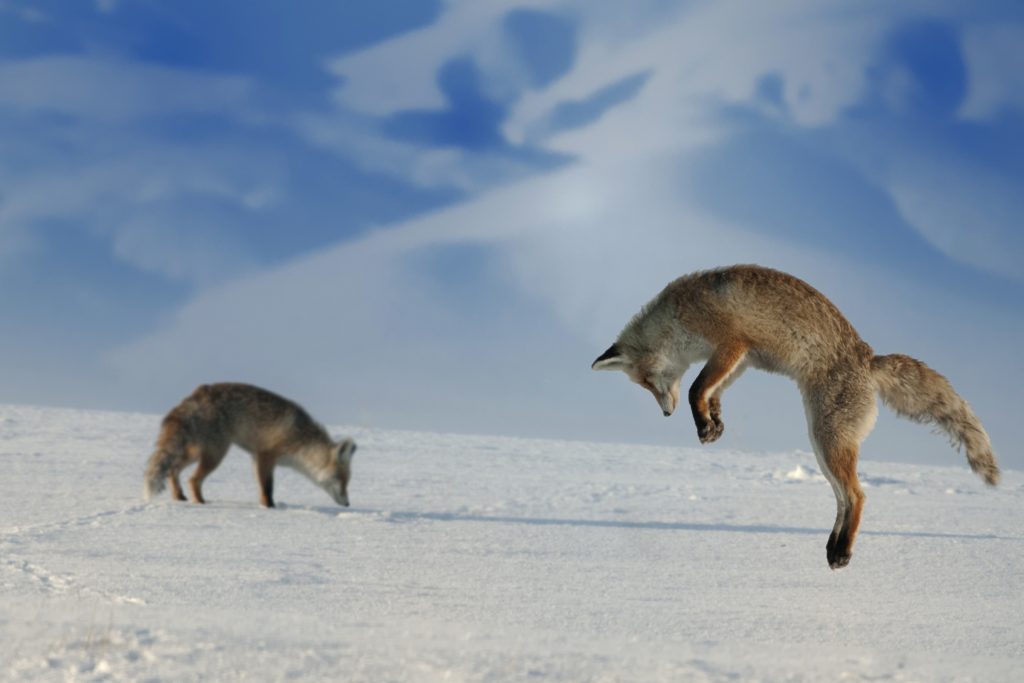 What is your favorite thing about being a wildlife photographer?
What is your favorite thing about being a wildlife photographer?
NATURE with one word. Yes, my favorite part is being in nature; that smell the air, touch the soil, the trees on the water, feel the cold, the heat, the wind caress my hair, the rain wash my face, watch the stars, the peaks. We humans are part of nature. As we break away from nature, we move away from ourselves. We need to spend time in nature protecting it without damaging it. It’s like a therapy for a person. If I don’t go out in nature for a long time, I get restless and nervous. That’s why wildlife photography is a great reason for me to get away from the city, the noise and sometimes the people. I love the silence.
Was there a photographer / photographer that impressed you early in your career? Who do you like about phography ?
Yes there was. Michael Nichols and Vincent Munier. Art Wolfe, Suha Derbent were photographers from Turkey and I get inspired. Tim Laman, David Yarrow and a young photographer Bence Mate are among the photographers I followed.
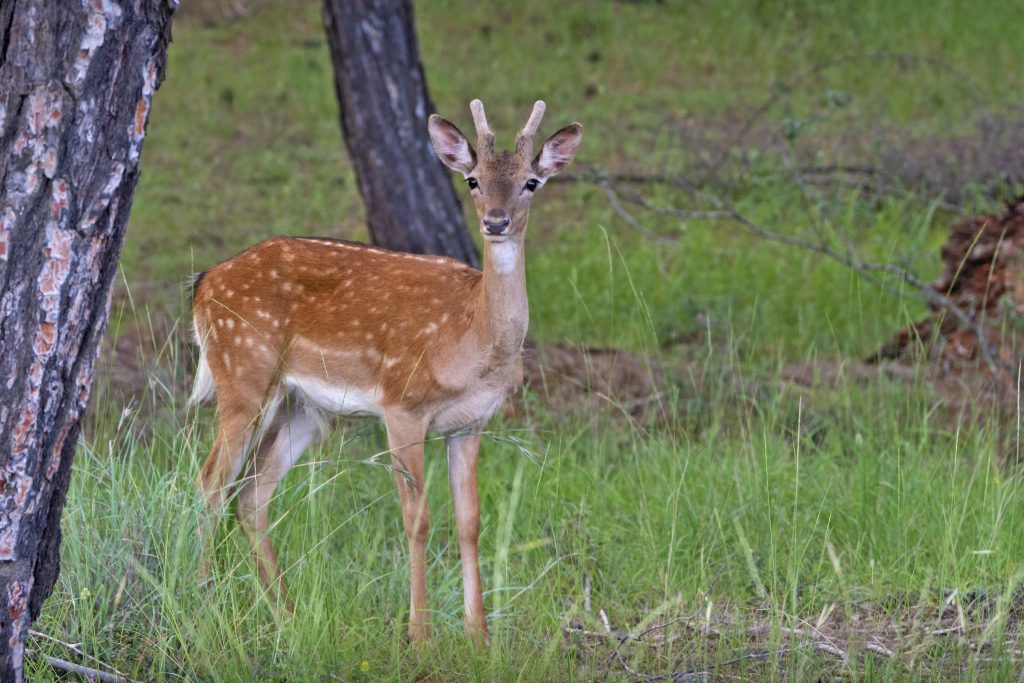 What kind of preparations do you make before taking pictures? Can we get information about the types, features and values of your equipment?
What kind of preparations do you make before taking pictures? Can we get information about the types, features and values of your equipment?
I’m preparing for the shooting area and the season. Tent, hideout net, camouflage, tripod, mat, bean bag, sturdy clothes and good boots are my basic equipment. The camp kitchen is always with me. Depending on the season, there are differences such as boots, sleeping bags, snow camouflage. I love camping in nature.
I use at least two cameras as photographic equipment. I have a 150-600mm tele lens and a wide angle replacement lens. My own equipment is the Nikon D7100 body and the Tamron 150-600mm lens. I also use the Sony A6400 for video. However, Nikon, Canon, Sony and Sigma have sponsored me in different years. Nikon will be my equipment sponsor if there is no setback in 2020.
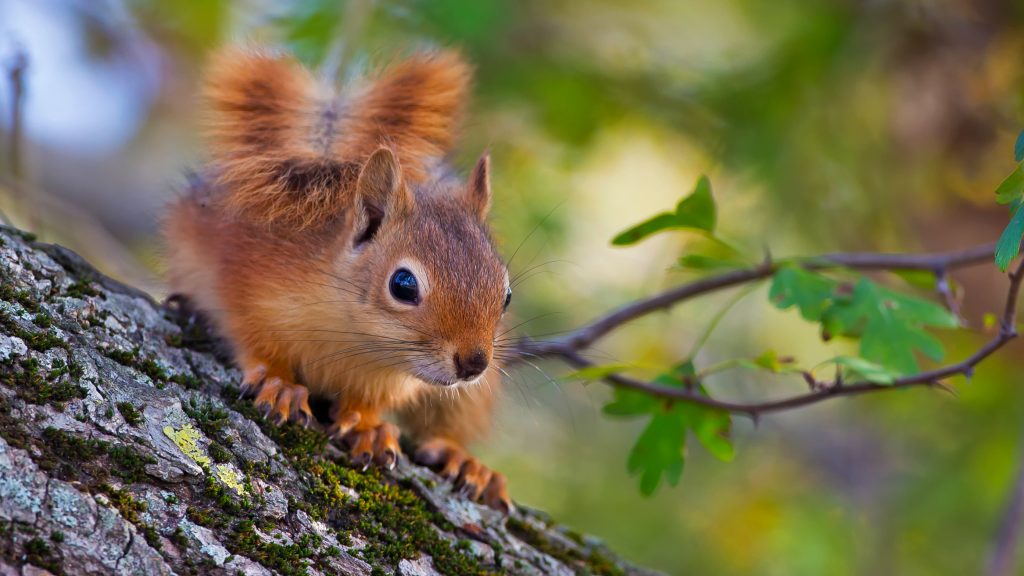 What advice would you give to young photographers who are newcomers and are interested in a career in wildlife photography?
What advice would you give to young photographers who are newcomers and are interested in a career in wildlife photography?
If they really love nature and being in nature, I say they should start this business. Because there are more difficulties and toil than anticipated. He has both physical and emotional difficulties, such as long journeys, little sleep, waiting for hours in camouflage, and so on. But when you love nature, they become pleasure. It is also very difficult to earn money with wildlife photography in our country and live by doing just this job. Therefore, they should work hard and produce really special content. Focusing on a single genre can also help them to become experts in that genre and do work such as counseling and guidance.




